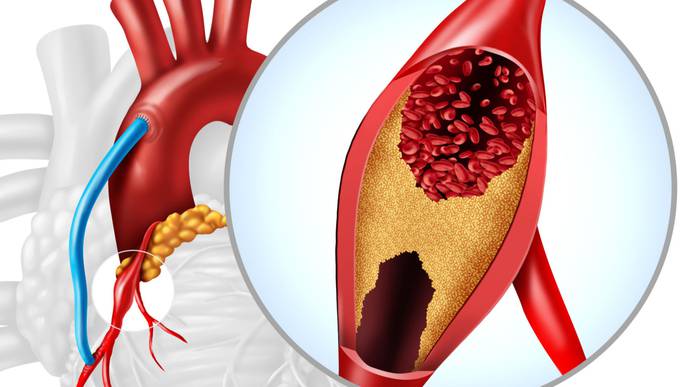Researchers Find Heart Patients Live Longer in a 'Greener' Environment

04/02/2024
In a long-term study published in the journal Epidemiology, researchers from Tel Aviv University (TAU) examined the association between a greener environment, which is most likely saturated with vegetation, and the mortality rate of coronary heart patients after undergoing bypass surgery—which is considered a traumatic event from both the physical and mental aspects.
The study, which was carried out on thousands of patients who live all over the State of Israel and followed them over a period of more than 10 years, found that the survival rate of bypass surgery heart patients who live in greener areas is significantly greater than those whose living environment is devoid of greenery.
Prof. Rachel Dankner from the Department of Epidemiology and Preventive Medicine at the School of Public Health in the Faculty of Medical and Health Sciences says, "The current study was based on a database we built at the Gertner Institute about 20 years ago for another study: 3,128 heart patients who underwent bypass surgery in seven medical centers in Israel, from Haifa to Beer Sheva, between the years 2004-2007.
"Using data from the Ministry of the Interior Affairs we found that 1,442 (46%) of them died of various causes by the year 2021. In this study, we wanted to examine to what extent (if at all) the life expectancy of heart patients after surgery is associated with the amount of green vegetation in their residential area."
For the purpose of the study, the researchers cross-referenced the patients' residential address data with data from NASA's Landsat satellites, which photograph the Earth and are able to locate the color green with a very high resolution and within a range of up to 30x30 meters from the residential address—which allows identification of vegetation even within urban areas.
The researchers worked to accurately account for the amount of greenery in a radius of up to 300m around the address of each of the patients, and placed this figure against the dates of death or survival of the patients, over 14 years from the date of surgery.
They performed a detailed statistical analysis of the data, including adjustments for a variety of variables, such as: age, sex, ethnicity, socioeconomic status, urgency of the hospitalization (elective, semi-elective, or emergency surgery), living in the periphery/center, air pollution, and living distance from the Mediterranean Sea. About 90% of the research participants lived in urban areas, 80% in the coastal plain from the center to Haifa, 15% in the Jerusalem area, and 5% in the southern Beer Sheva area.
Ph.D. student Maya Sadeh notes, "We divided the residential addresses of the patients into three groups, according to the amount of vegetation in their surroundings, and found a clear significant association between a green environment and the survival of the patients—that is, how many years they continued to live after the operation.
"The results revealed that during the mean time of 12 years following the operation, the risk of mortality for those who lived in a very green environment was lower on average by 7% compared to those who live in a non-green environment. We also found that the beneficial relationship is more pronounced among women, who made up 23% of the cohort, and were older at the time of the surgery (69.5 years old on average) compared to men (63.8 years )."
The researchers conclude, "In this study, we examined the survival of coronary heart patients after undergoing bypass surgery, and found that living in a greener environment is associated with better chances of survival. We hypothesize that there are a variety of reasons for this: in a green environment, people breathe cleaner air and engage in more physical activity, the atmosphere may be calmer, and the quality of life is better overall.
"It is possible that the research findings are particularly relevant to the current period in Israel: implying that exposure to a green environment may be a beneficial factor in recovering from trauma."
The study was conducted by Sadeh under the guidance of Prof. Dankner and Prof. Alexandra Chudnovsky from the Porter School of Environment and Earth Sciences at TAU. Also participating: Nir Fulman, also from the Porter School, Nirit Agay and Arnona Ziv from the Gertner Institute for Epidemiology Research at Sheba Medical Center, Ilan Levy from the Ministry of Environmental Protection, and Prof. Michael Brauer from the University of British Columbia in Canada. The research was carried out with the support of the Environment and Health Fund and the Israel Science Foundation.
More information: Maya Sadeh et al, Residential Greenness and Long-term Mortality Among Patients Who Underwent Coronary Artery Bypass Graft Surgery, Epidemiology (2023). DOI: 10.1097/EDE.0000000000001687
Citation: Researchers find heart patients live longer in a 'greener' environment (2024, April 1) retrieved 1 April 2024 from https://medicalxpress.com/news/2024-04-heart-patients-longer-greener-environment.html
This document is subject to copyright. Apart from any fair dealing for the purpose of private study or research, no part may be reproduced without the written permission. The content is provided for information purposes only.

Facebook Comments